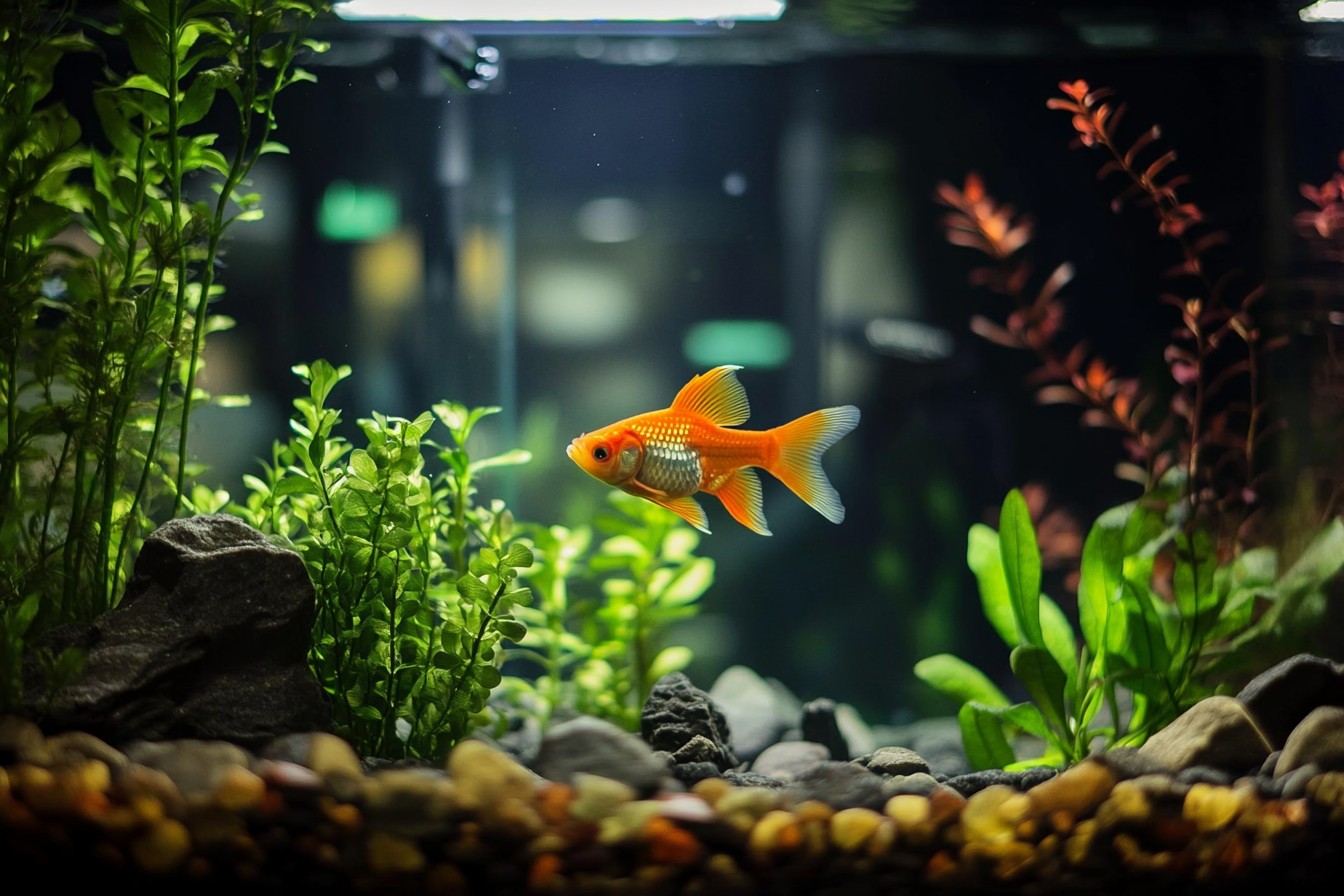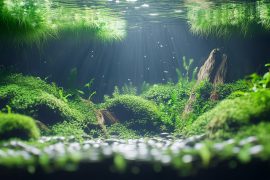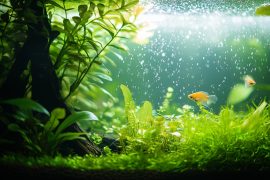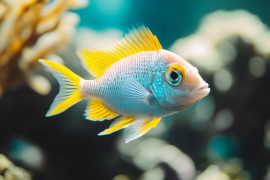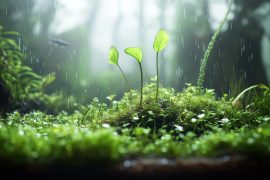The first time I added live plants to an aquarium, I did it purely for aesthetics. I was twenty-two, living in a shoebox apartment, and desperate to create something beautiful in the midst of cinderblock walls and fluorescent lighting. The straggly stems of Hygrophila polysperma I bought on clearance from the local fish store were unceremoniously shoved into the gravel between plastic decorations.
Within weeks, most had melted into green slime that clogged my filter intake. The few survivors stretched pale and leggy toward the bargain-bin fluorescent hood. It wasn’t exactly the underwater garden I’d envisioned.
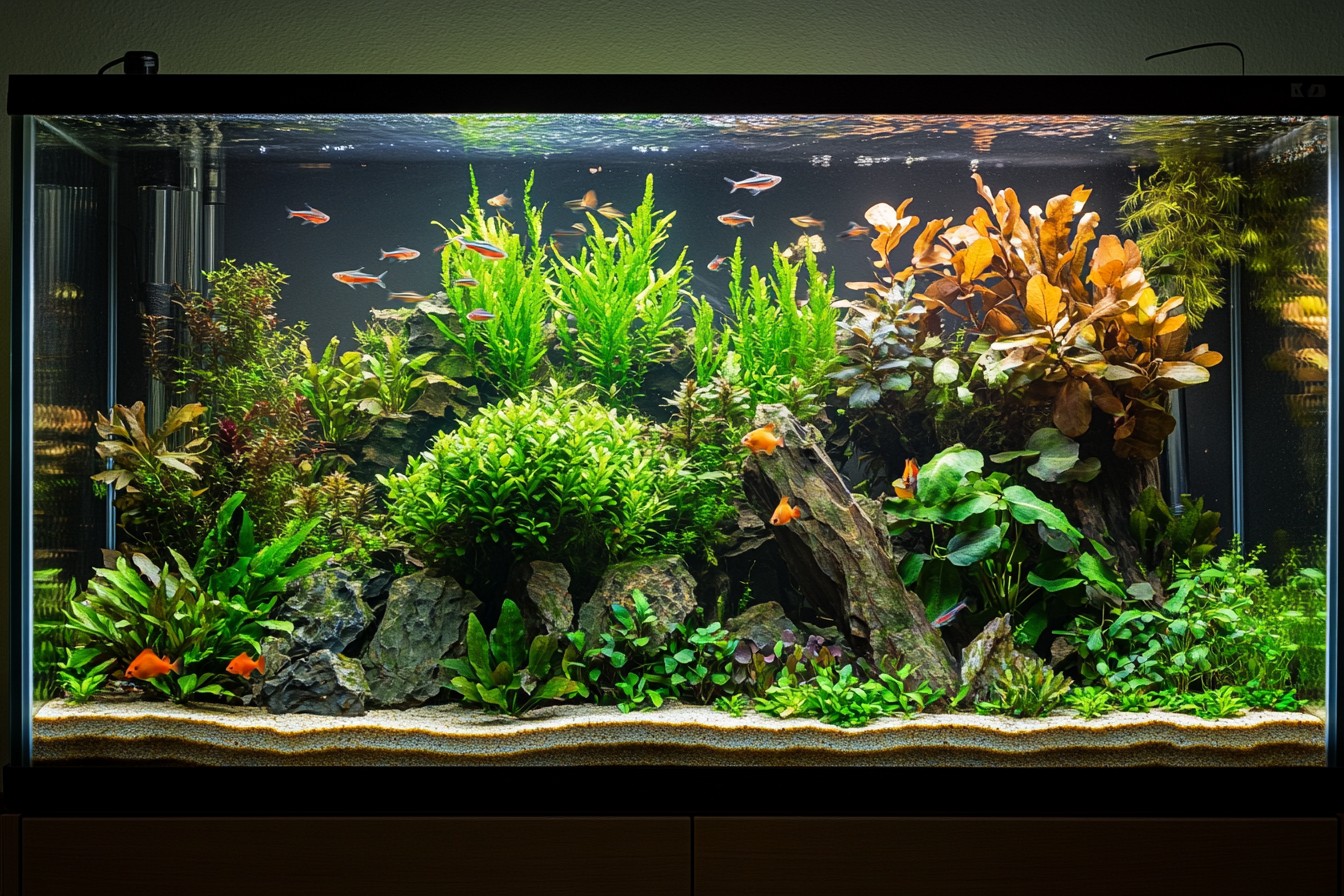
Fast forward through years of increasingly complex setups, spectacular failures, and occasional breathtaking successes, and I’ve come to understand that live plants aren’t just decoration—they’re functional powerhouses that transform the entire aquatic ecosystem. Looking back at my early tanks, I can’t believe I ever kept fish without them. Let’s talk about the elephant in the room first: plants complicate things.
They require consideration—appropriate lighting, substrate, nutrients. They can melt, they can take over, they can disappoint. But their benefits so dramatically outweigh these challenges that I’ve become something of a live plant evangelist, converting even the most dedicated plastic plant enthusiasts among my aquarist friends.
The most immediate benefit is also the most obvious—water quality. Plants don’t just look good; they function as living filters. During my time consulting for custom tank installations, I conducted an experiment with identical 40-gallon setups—one heavily planted, one with equivalent artificial decor.
Both housed the same bioload of peaceful community fish. The planted tank required water changes half as frequently to maintain the same nitrate levels. The plants were actively consuming nitrogen compounds that would otherwise accumulate between maintenance sessions.
This nitrogen processing happens through two mechanisms. Plants directly absorb ammonia and nitrate through their foliage, competing with nitrifying bacteria for these compounds. They also provide surface area for beneficial bacteria to colonize, essentially expanding the biological filtration capacity of the entire system.
I’ve successfully kept delicate fish species in planted tanks with filter media that would be woefully inadequate in plantless setups. My South American stream biotope offers the perfect example. It houses a group of sensitive Cardinal tetras that would typically require pristine water conditions and frequent maintenance.
The dense growth of Hygrophila pinnatifida, various Cryptocoryne species, and a carpet of Hemianthus callitrichoides creates such effective biological filtration that nitrates barely register between monthly water changes. The cardinals spawn regularly—something they rarely do without exceptional water quality. Oxygenation represents another critical but often overlooked benefit.
We think of bubbling air stones as the primary oxygen source in aquariums, but healthy plants during photosynthesis produce significant oxygen that dissolves directly into the water column. I’ve measured dissolved oxygen levels in my heavily planted tanks during peak photosynthesis hours, and they often exceed what air stones alone could achieve. This extra oxygen supports higher bioloads and creates more comfortable conditions for fish that prefer well-oxygenated water.
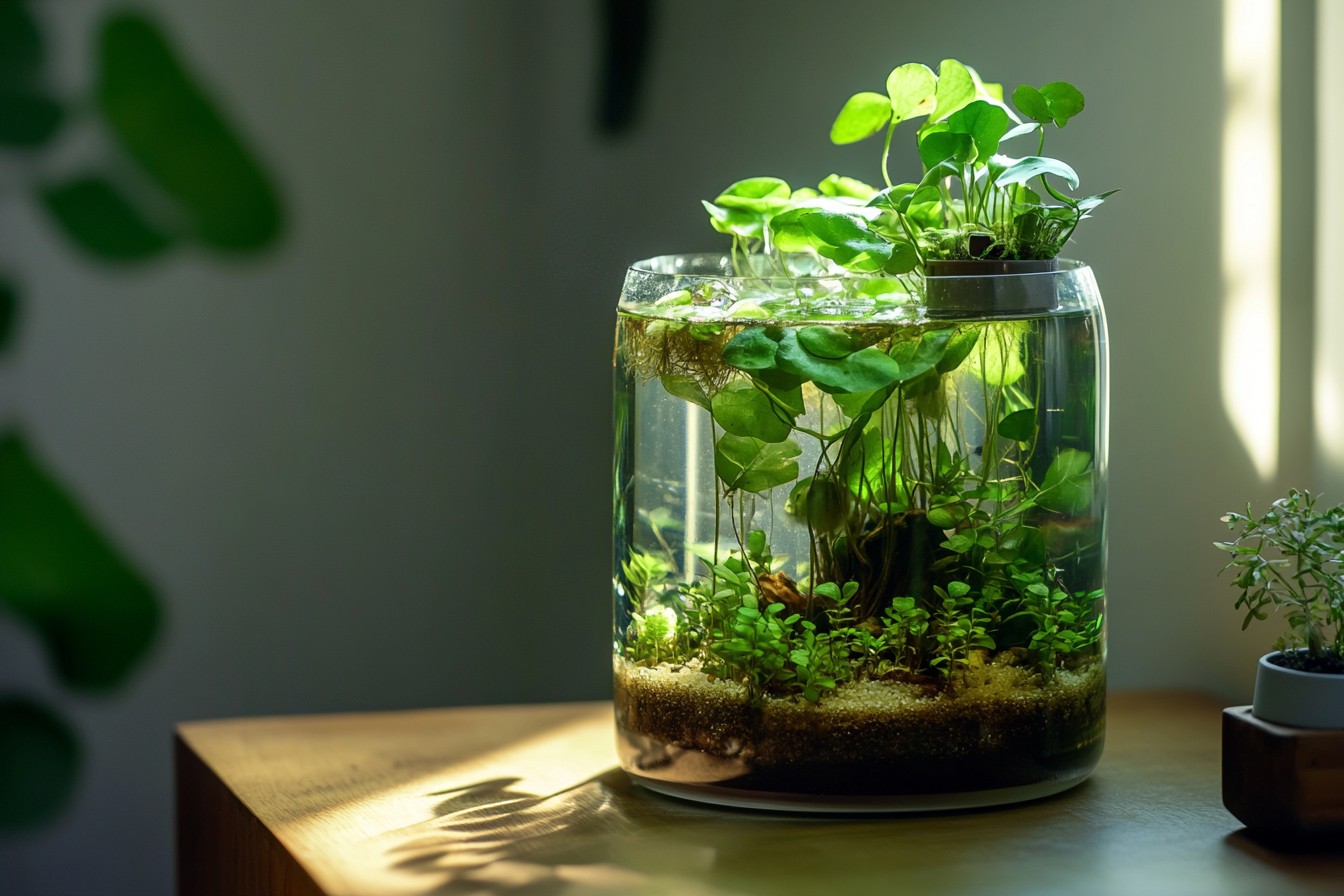
This effect becomes particularly noticeable during power outages. During Hurricane Irma, my neighborhood lost electricity for nearly three days. The tanks with minimal planting showed stress signs within hours as oxygen levels dropped.
My jungle-like 75-gallon, however, maintained adequate oxygen levels throughout daylight hours thanks to the massive plant volume continuing to photosynthesize using ambient light. Every fish survived without losses—a stark contrast to many hobbyists who experienced die-offs during the same outage. Beyond these practical filtration benefits, live plants fundamentally alter fish behavior in ways that enhance both their health and our enjoyment of the hobby.
I first noticed this after converting my angelfish tank from artificial plants to live Amazon swords and vallisneria. The transformation in behavior was immediate and dramatic. The angels stopped hovering anxiously in corners and began actively exploring, establishing territories among the sword plants, and eventually spawning on the broad leaves.
They displayed natural behaviors I’d never observed during years of keeping them with artificial decor. This behavioral shift happens because plants create microenvironments within the tank—areas of differing light intensity, flow patterns, and visual barriers. Fish evolved in planted environments where they could seek cover when threatened or stressed.
In barren tanks with clear sightlines, many species exist in a constant state of low-grade stress that suppresses their natural behaviors. Adding plants doesn’t just make them “happier” in some anthropomorphic sense; it allows them to express innate behaviors that indicate physiological comfort. For breeding purposes, plants are often essential.
Many egg-scattering species require fine-leaved plants like Java moss or spawning mops to deposit eggs. My most successful green neon tetra spawn occurred in a mature tank where dense Taxiphyllum barbieri (Java moss) covered nearly every surface. The fine branching structure provided perfect protection for eggs and fry, resulting in dozens of survivors without any special intervention on my part.
Even for species that don’t directly use plants for reproduction, the water chemistry stability that established plantings provide creates conditions more conducive to successful breeding. When my Apistogramma cacatuoides began courting, I noticed the male leading the female to a cave beneath the root structure of a large Echinodorus bleheri. The plants surrounding this area created a natural territory boundary that prevented other fish from harassing the breeding pair.
The algae-controlling properties of healthy plants might be reason enough to convert even the most reluctant hobbyist. I spent years battling various algae outbreaks with partial success at best. The introduction of fast-growing stem plants fundamentally shifted this dynamic.
Plants outcompete algae for nutrients and light, creating an environment where algae struggles to gain a foothold. My display tanks now rarely show problematic algae growth, despite relatively high lighting and infrequent maintenance. This algae control isn’t just about aesthetics—it directly impacts fish health.
Certain algae produce compounds that can stress fish or even cause direct harm. Blue-green algae (cyanobacteria), for instance, can release toxins that impact sensitive species. A balanced planted system naturally suppresses these problematic organisms without chemical interventions that might harm fish.
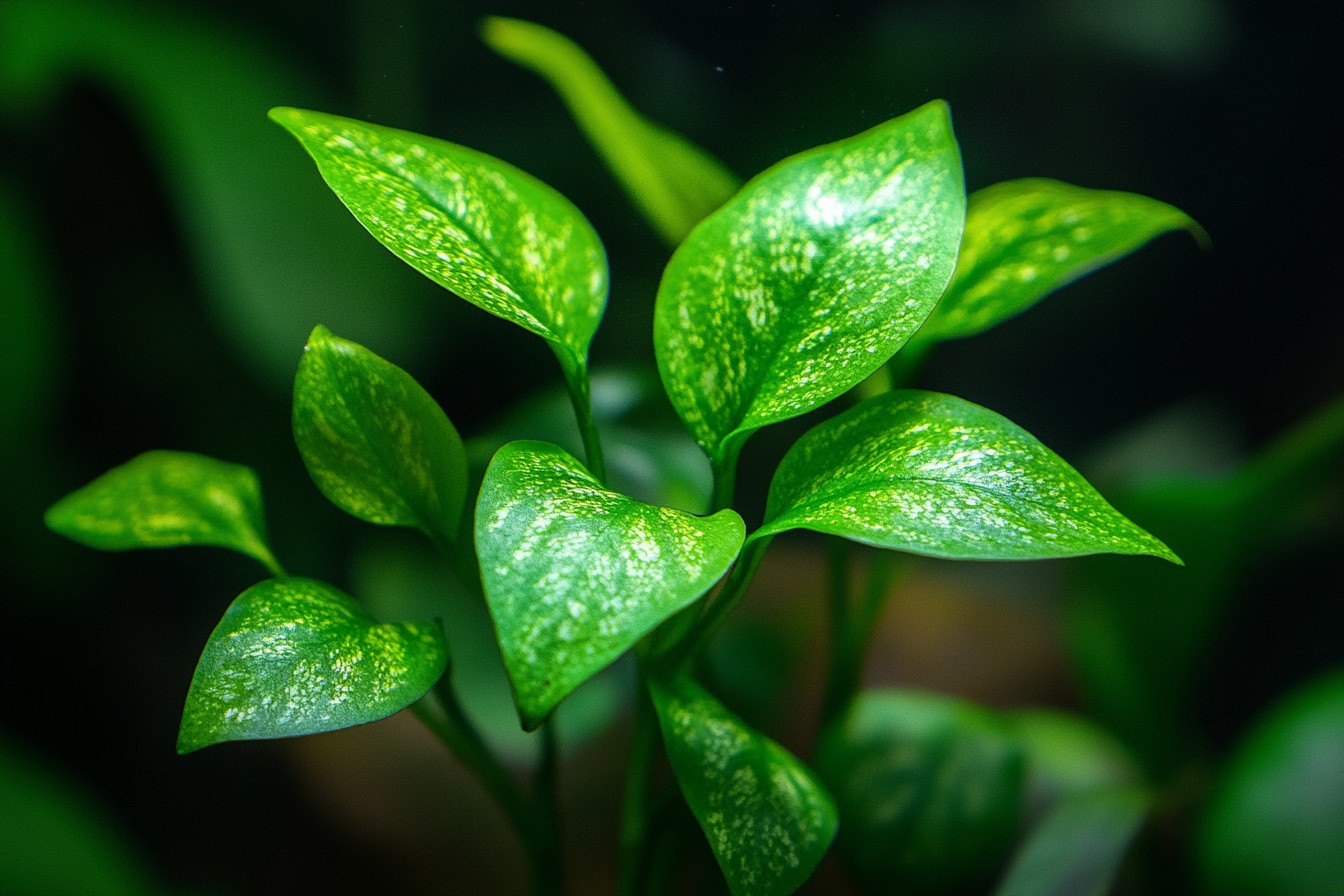
Perhaps the most overlooked benefit of planted tanks is their remarkable stability. A mature planted aquarium develops a biological rhythm that buffers against sudden changes. pH swings are less dramatic, temperature fluctuations less severe, and parameter shifts more gradual.
This stability provides a margin of error that’s particularly valuable for beginners or those with irregular maintenance schedules. I witnessed this firsthand during a feeding mishap at a client’s home. Their automated feeder malfunctioned while they were on vacation, dumping nearly a week’s worth of food into their tank at once.
In a conventional setup, this would likely have caused an ammonia spike and potential fish losses. Their heavily planted system, however, absorbed the excess nutrients with minimal parameter shifts. The plants essentially served as a biological buffer against human error.
From a purely practical perspective, established plant growth can reduce maintenance requirements substantially. My jungle-style 40-gallon breeder requires water changes just once monthly, compared to the bi-weekly changes needed in my less densely planted tanks with comparable bioloads. The plants process waste so effectively that nitrate accumulation occurs at a fraction of the rate seen in conventional setups.
Of course, this doesn’t mean planted tanks are maintenance-free—the work just shifts in nature. Instead of frequent water changes, I spend time pruning, replanting, and occasionally fertilizing. But this maintenance connects me to the system in a way that rote water changes never did.
There’s something deeply satisfying about shaping a living underwater landscape that evolves and responds to your care. For beginners intimidated by the perceived complexity of planted tanks, I always recommend starting with hardy, undemanding species. Plants like Anubias, Java fern, and various Cryptocoryne varieties require minimal special care while providing many of the benefits I’ve described.
My first truly successful planted tank contained nothing but these bulletproof species under moderate lighting, yet still transformed the tank environment dramatically compared to artificial decor. The most compelling reason to incorporate live plants, though, might be the most difficult to quantify: they create living, breathing ecosystems rather than static displays. A well-established planted tank is constantly changing—plants grow and interact, creating new spaces and relationships.
Fish behavior evolves as the environment develops. The tank becomes less of an artificial container and more of a slice of nature under glass. My oldest planted setup, a 75-gallon that’s been running continuously for eight years, has developed its own unique ecology.
Small crustaceans and microorganisms inhabit the dense plant growth, providing supplemental nutrition for fish. Certain plants have found their preferred locations and thrive there while struggling elsewhere in the tank. Fish have established territories that shift with plant growth.
It’s a dynamic system that rewards observation and connection in a way sterile setups never could. For all these reasons—biological filtration, oxygenation, behavior enrichment, breeding support, algae control, system stability, reduced maintenance, and the creation of living ecosystems—I’ll never go back to unplanted tanks. Those struggling stems from my first apartment have led to a lifetime of creating underwater gardens that don’t just look beautiful but function as complete, self-balancing ecosystems.
The plastic plants gather dust in my garage while my tanks pulse with life, both above and below the substrate.
